Tips
15 Ways To Conserve Fuel When Driving
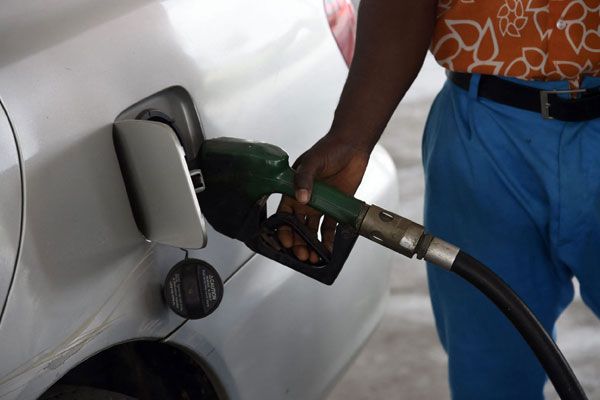
After the swearing-in on May 29, President Bola Tinubu’s administration removed fuel subsidy in Nigeria. Expectedly, this has led to a steep hike in the pump price of Premium Motor Spirit (PMS) better known as petrol.
As Nigerians now grapple with higher petrol prices, most motorists have become extremely cautious of how they consume petrol in their daily commute.
-
READ ALSO: How To Get A Divorce In Nigeria
This has imposed a huge cost burden on car users and has further reinforced the need for motorists to limit their movement in order to save cost.
To help drivers minimize their expenditure on fueling their cars, we’ve compiled the ultimate guide to economical driving.
In this article, we highlight some techniques that will help to minimize fuel consumption for motorists.
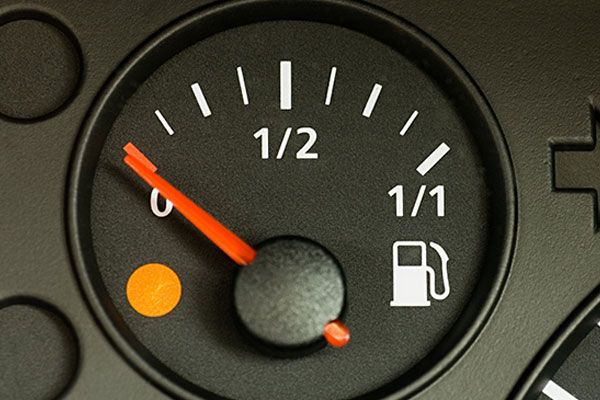
Maintain a constant speed
You consume more fuel than necessary when your speed falls and spikes. According to tests, increasing and decreasing your speed by up to 5 km/h every 18 seconds might result in a 20% rise in fuel consumption.
If the road condition permits, consider using cruise control for highway driving.
Accelerate gently
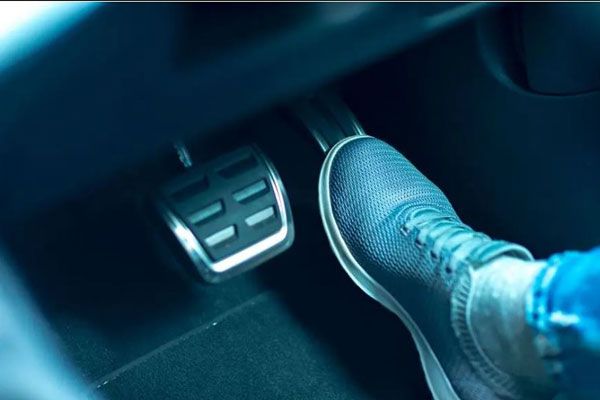
Avoid revving your accelerator to a high revolutions per minute (RPM). Your car engine consumes more fuel each time you increase the acceleration. If you softly press the accelerator pedal while driving, you will consume less petrol.
Reduce your speed
Speeding excessively is the biggest fuel-consumption factor, thus driving fuel-efficiently requires a light right foot and gradual acceleration at all times.
The majority of cars, vans, pickup trucks, and SUVs are most fuel-efficient between 50 and 80 km/h. The faster a vehicle travels over this speed, the more fuel it consumes.
For instance, a vehicle uses 20% more fuel at 120 km/h than it does at 100 km/h. This increase in speed would only reduce your travel time by two minutes on a 25-kilometer journey.
Don’t carry unnecessary load
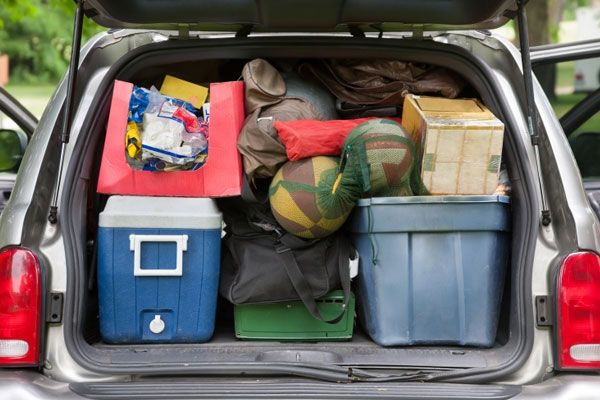
The heavier a vehicle is, the more fuel it will use. So, avoid carrying heavy materials. Don’t keep unnecessary items in your boot as they all add weight to your vehicle, which is not going to help your fuel economy in the long run.
Your vehicle will consume less fuel the lighter it is. Every 25 kilograms of weight carried boosts a mid-size car’s fuel usage by around 1%.
Coast to slow down
Each time you apply the brakes, you lose forward motion. By letting up on the accelerator and coasting to slow down rather than applying the brakes, you will save fuel.
Avoid heavy traffic
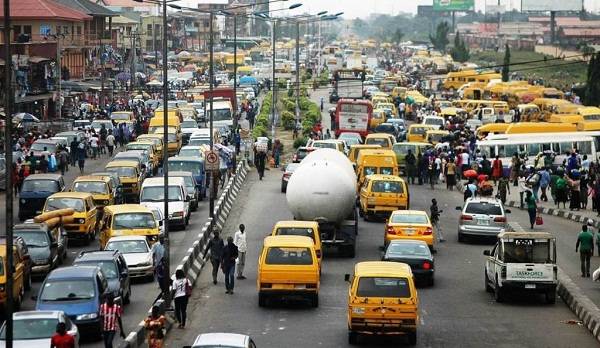
When you are driving, refrain from driving through traffic-gridlock prone locations. Being stuck in traffic is an excellent way to waste fuel while driving.
Call someone to inquire about the state of the road before leaving. Or, use your Google Map to find out the traffic situation before venturing on that trip.
Avoid braking aggressively
Slamming on the brakes increases fuel consumption as you need to accelerate again later. This often happens when you follow too closely behind the vehicle in front of you. Not to mention, tailgating is dangerous and something to avoid.
Don’t let your car off at traffic light stops
Don’t turn off your car engine when in at traffic light intersections except the wait is longer than say 60 seconds. Your car engine consumes more fuel as you turn it on again.
Don’t stay idle for long
If you are waiting for something or someone for more than three minutes, turn off your engine. You may not be moving but as long as your engine is on, it’s burning precious fuel. For every 10 minutes that a 3-liter engine car idles, 300 milliliters (more than 1 cup) of fuel is wasted.
Check your tyre pressure frequently
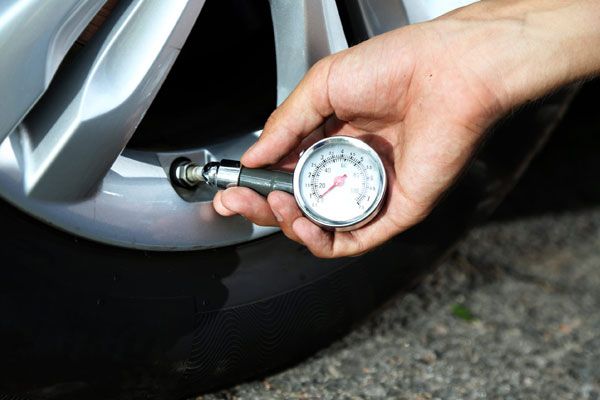
It’s particularly important to make sure your tyres are inflated to the correct pressure as indicated in your owner’s manual as underinflated and overinflated tyres both adversely affect fuel economy.
Up to 4% more fuel can be consumed when driving a car whose tyres are underinflated by 56 kilopascals (8 pounds per square inch). Additionally, it can shorten your tyres’ lifespan by more than 10,000 kilometers. On the tyre information placard, you may find the recommended tyre pressure for your car. Usually, it is near the doorpost or border of the driver’s door.
Reduce the use of the air conditioning
If at all possible, avoid using the air conditioner because it uses engine power and raises fuel consumption.
If fuel efficiency is a major priority, try to dress for the weather, even inside the car. This applies to both heat and cooling.
Up to 20% more fuel may be consumed by a car when the air conditioner is running. When driving, open the windows, and when on the highway, use the flow-through ventilation system with the windows up. Use the re-circulate setting if you do decide to use the air conditioner. It will lessen the effects.
Avoid roads with traffic light intersections
Avoid roads that are dotted with stoplights, intersections and pedestrians crossings. The numerous times you stop at these places will impact negatively on your fuel economy.
Listen for traffic updates on radio
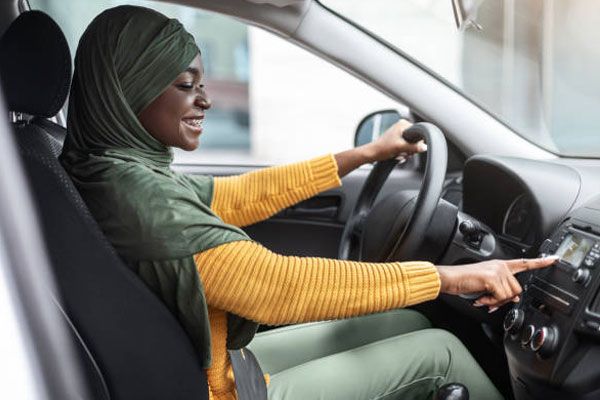
Listen to traffic reports on radio to find out how to avoid roads with accidents, road construction and other trouble spots.
Make sure you service your vehicle
Regular maintenance and servicing improves the efficiency of your vehicle, and therefore can reduce the fuel consumption.
If poorly maintained, sludge and corrosion will build-up between the parts making it difficult for the engine to work smoothly.
Drive less
It goes without saying, the best way reduce fuel consumption is to drive less. If it is not important, refrain from driving out.
Work from home when you can. Every day you telecommute reduces the amount of fuel you use by 20%.
